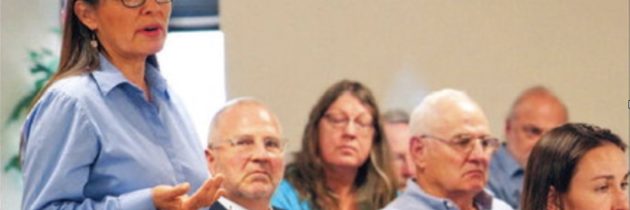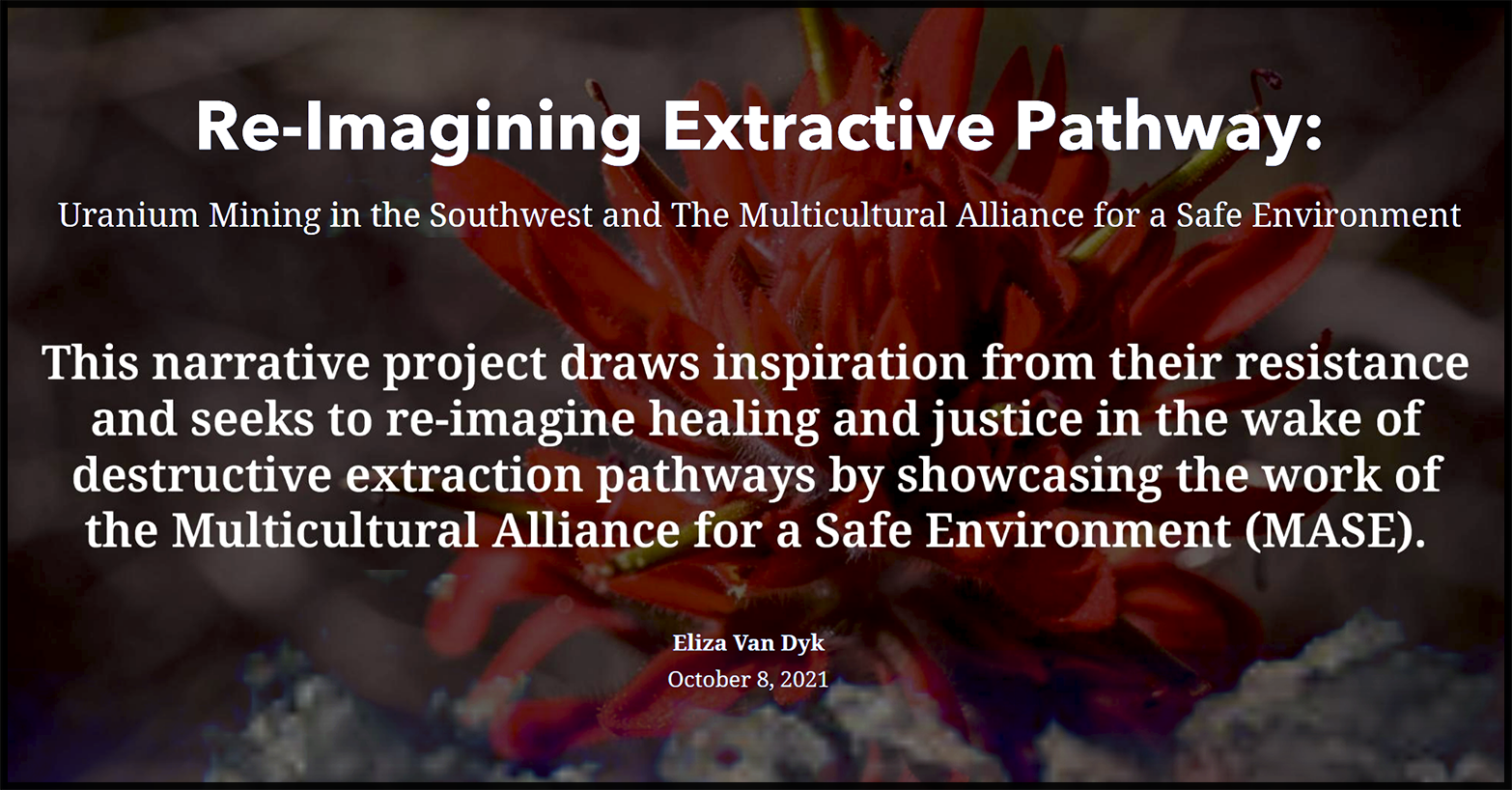Gendered Impacts of Jackpile Uranium Mining on Laguna Pueblo
June L. Lorenzo, Laguna Pueblo/Navajo (Diné), is an attorney and consultant. Her law practice has included serving as attorney for Native nations, US Senate and US House of Representative committees; the US Department of Justice (voting rights litigation), in land claims litigation, and in human rights advocacy for Indigenous Peoples before the United Nations and the Organization of American States. Currently she serves as a Judge at Zia Pueblo, and practices law in tribal and state courts in New Mexico. She remains engaged in projects at Laguna Pueblo, including advocacy on uranium legacy issues, protection of sacred sites, and protection of cultural patrimony. She holds a JD from Cornell Law School and a PhD in Justice Studies from Arizona State University. junellorenzo@aol.com
Introduction: My Location and the Importance of the Feminine
From the 1950’s to the early 1980’s, the Pueblo of Laguna , a Nativenation in New Mexico, experienced major disruption to the Laguna way of life from a massive uranium extraction project. The disruption manifested in many ways; some were apparent, while others would come to light decades later. Physically, a major mining company created the largest open pit uranium mine in the world; economically, the Pueblo received royalty payments that allowed it to grow its government and provided tribal members – only men at first – a way to earn decent living wages closer to home; and socially, the relative roles of men and women, within the home and community and externally, began to shift. Externally, men were given access to more economic power in the world outside Laguna as the wage earners. This affected gender roles internally, within homes and the community, as many Laguna men were convinced to shift from an agricultural lifestyle to a wage-earning lifestyle at the uranium mine. Blasting from mining also caused damage to traditional homes, which were traditionally the domain of women. More recently, the environmental impacts to the land, and health impacts to Laguna Pueblo members, and especially to Paguate Village residents, is the subject of critical health research. While recent literature has focused more on weighing benefits against the costs of uranium mining at Laguna Pueblo, less scholarship has examined the impacts on Laguna people in a human rights context. At a time when human rights standards are increasingly articulated in settings of extractive activity on Indigenous lands, I have set out to amplify voices within the Pueblo that raise concerns about the impacts of extractive activity on residents of Laguna Pueblo.
This article first provides a brief historical background on theJackpile uranium mine before framing the uranium mining experience of Laguna Pueblo within a human rights setting and with a specific view toward impacts on women at Laguna Pueblo. This is significant because community members have raised concerns about the environment and human health for years but had not employed the language of human rights. As the Pueblo now addresses remediation of the mine as a Superfund site, environment and health are front and center, and thirty years after closure of the mine, there are now those of us in the community who have begun to use a human rights lens to analyze these issues. As an Indigenous woman, attorney, researcher, and scholar from Laguna, I contend that strategies for moving forward can be enhanced with human rights considerations, beginning with self-determination. However, I also argue that any such conversation will not be complete without further considering the impacts of mining on Indigenous women and the feminine that exists in the lives of Laguna people.






